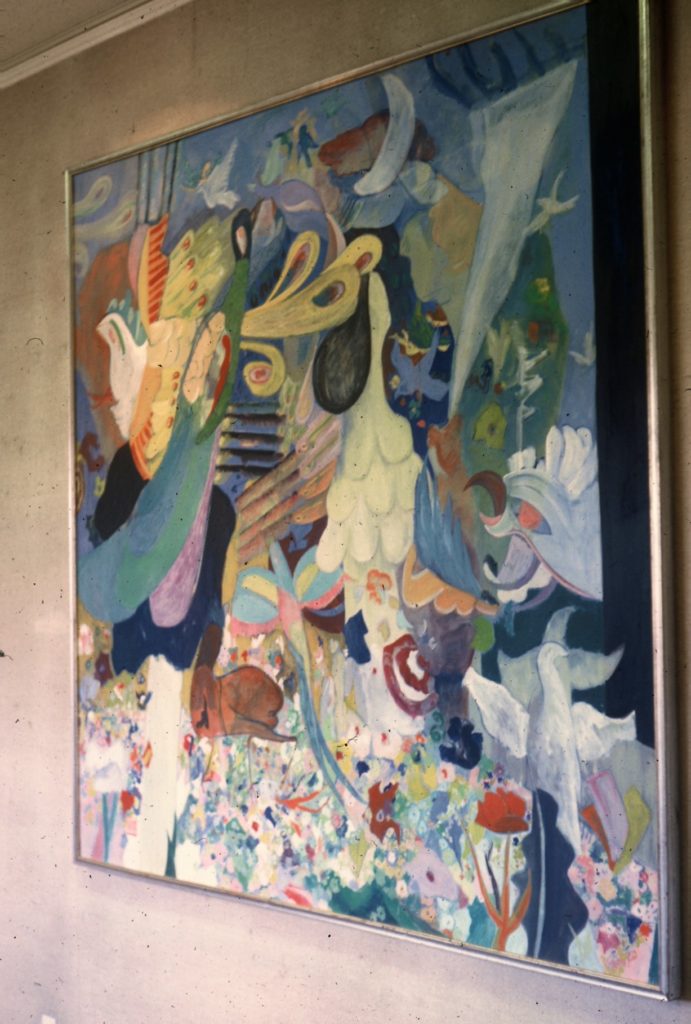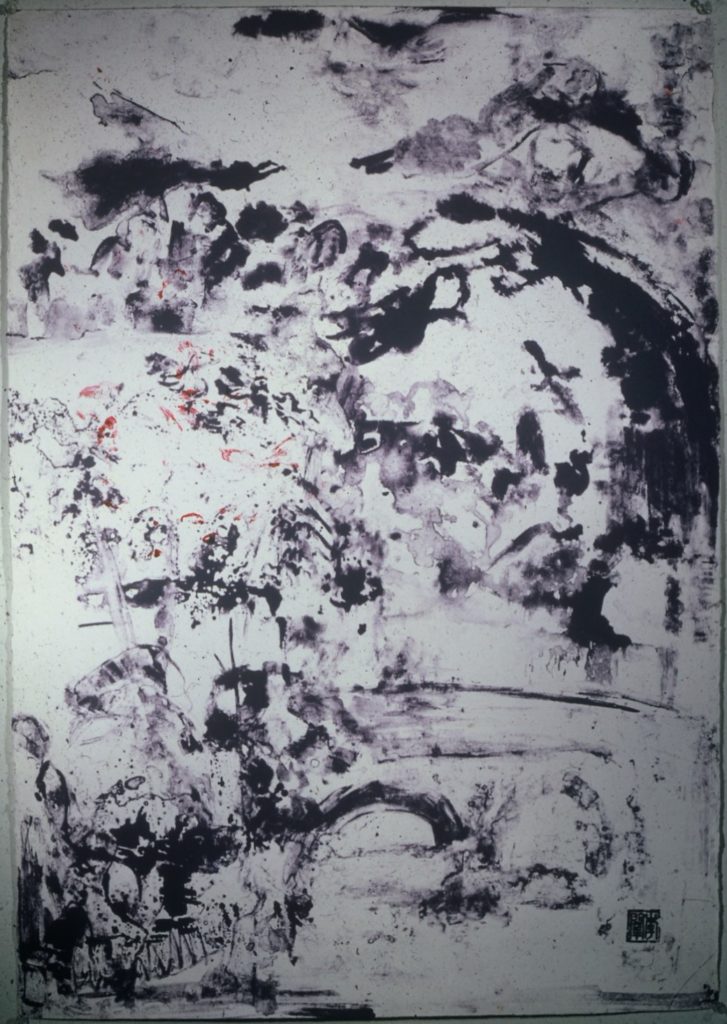
Chen Lok Lee’s life spanned three continents: Asia, North America and Europe. When I was in graduate school studying social work, I did research on attachment theory and immigration because I wanted to understand what it took for people to be able to leave their homes and countries to set off for a new world. I learned that those with “secure attachment” had difficulty making the journey, but those with “avoidant” or “insecure attachment” were more likely to be willing to leave home. It always made me want to analyze what was going through my father’s head as he traveled from place to place, country to country, continent to continent. I had to remember that being a refugee meant that you were forced to flee, and had limited choice in the matter. For refugees, regardless of their attachment style, they have to deal with whatever pain and trauma comes with the migration. Such was the case with my father.
From 1967 – 1970, my father studied abroad at the Rome Academy in Italy and earned an MFA at the Tyler School of Fine Arts as printmaker, painter and lithography. He worked with some of the best printmakers, and became close to Romas Viesulas and Richard Callner, the latter with whom my father later organized the Mantegna Press II in Philadelphia of which he was technical director.

As I go through my father’s documents, photos and art from his “Rome era”, I observe that my father had a “rebirth” or “renewal” then. Rome, as the magical city that it is, can do that to you. It elicits feelings of love, wonder and vibrancy. My father’s work during that time, some featured in this post, reflects that inspiration and “newness” in his life, including a new love with my mother.

While traveling and lecturing in Italy, my father was involved in a group show at the American Embassy and a one man exhibition at “Gallery 68” in Rome. By this time, he had developed technical mastery in printmaking and complex imagery with his watercolors and paintings. What an exciting time for him to be alive.

罗马岁月
李阐洛(Chen Lok Lee)的生活跨越三大洲:亚洲,北美和欧洲。 当我在研究生院学习社会工作时,我进行了依恋理论和移民方面的研究,因为我想了解人们能够离开家园和国家前往新世界所需要的东西。 我了解到那些拥有“安全依恋”的人在旅途中会遇到困难,但是那些拥有“回避”或“不安全依恋”的人更愿意离开家。 这总是让我想分析父亲从一个地方到另一个地方,从一个国家到另一个国家,从一个大陆到另一个大陆旅行时他脑子里在想什么。我必须记住,成为难民意味着被迫逃亡,并且在此事上的选择有限。 对于难民而言,无论他们的依恋方式如何,他们都必须处理移民带来的任何痛苦和创伤。 我父亲就是这种情况。
从1967年至1970年,我父亲在意大利罗马学院(Rome Academy)留学,并在泰勒美术学院(Tyler School of Fine Arts)获得了版画,画家和石版画硕士学位。 他与一些最好的版画家合作,并与Romas Viesulas和Richard Callner接近,后者是我父亲后来与他在费城组织的Mantegna Press II的技术总监。
当我整理父亲“罗马时代”的文件,照片和艺术品时,我发现父亲那时已经“重生”或“重新开始”。 罗马,作为一座神奇的城市,可以为你做到这一点。 它唤起了爱,奇迹和活力的感觉。 我父亲在那段时期的工作,有些在这篇文章里有介绍,反映了他生活中的灵感和“新事物”,包括与我母亲的新爱情。
在意大利旅行和讲学期间,我父亲参加了美国大使馆的团体展览和罗马“68号画廊”的个人展览。这时,他对版画和水彩画的复杂意象技术已经有着熟练的掌握。对他来说活着是多么激动人心的时刻。

